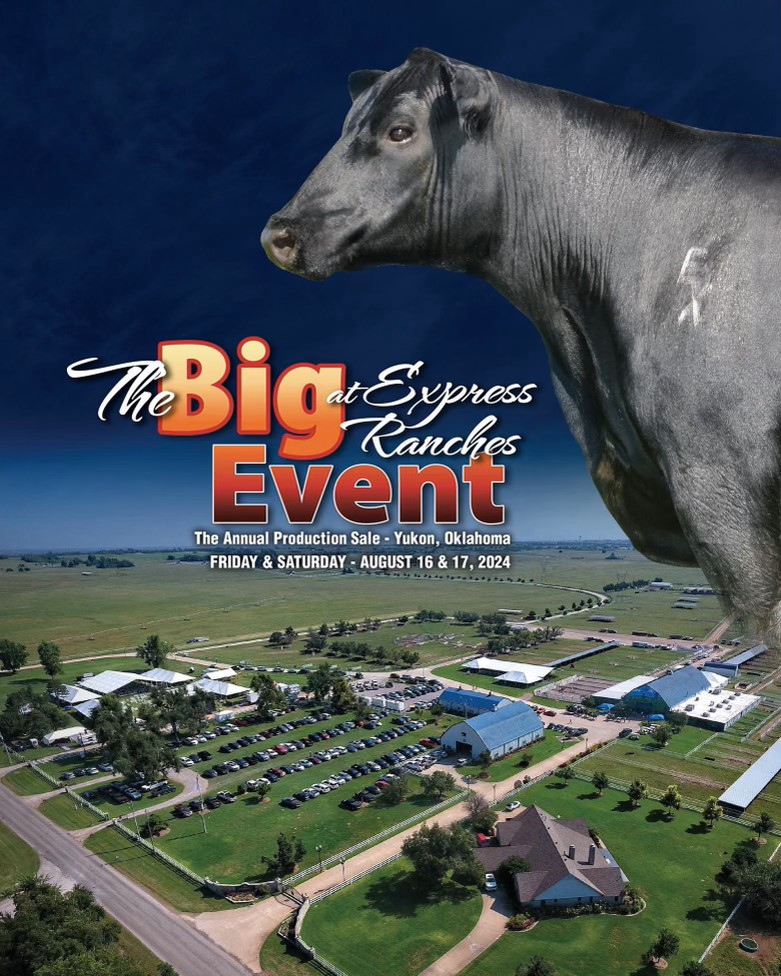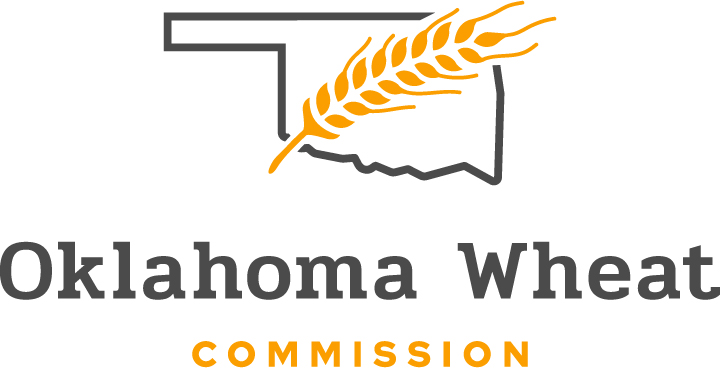
Agricultural News
GIPSA Rule Would Cost More Than a Billion Dollars if Implemented as Currently Written
Thu, 11 Nov 2010 6:34:50 CST
 Confirming what food-animal producers have suspected about a proposed federal rule on buying and selling livestock and poultry, a comprehensive economic analysis of the U.S. Department of Agriculture's proposed regulation found it would be bad for farmers and ranchers, bad for consumers and bad for rural America.
Confirming what food-animal producers have suspected about a proposed federal rule on buying and selling livestock and poultry, a comprehensive economic analysis of the U.S. Department of Agriculture's proposed regulation found it would be bad for farmers and ranchers, bad for consumers and bad for rural America.
The study, released today and conducted by Informa Economics Inc. on behalf of the National Cattlemen's Beef Association (NCBA), the National Meat Association (NMA), the National Pork Producers Council (NPPC) and the National Turkey Federation (NTF), showed that the rule would result in job losses of more than 22,800, with an annual drop in gross domestic product by as much as $1.56 billion and an annual loss in tax revenues of $359 million. We covered the event here in Kansas City- and you can click on the LISTEN BAR below to hear our special audio report- featuring comments from Rob Murphy- one of the lead authors of the study- Rob is pictured here as he presented the findings to the media gathered from around the country.
Rob Murphy, senior vice president at Informa Economics, said the impact will not be immediate. In fact, he said it may take two to three years to reach the levels projected in the study.
"Effects will have a very long tail. The affected industries will still be feeling an impact a decade or more into the future," said Murphy. "All signs point to detrimental outcomes for small producers, the very ones the rule is designed to help."
USDA's regulation, which would be administered by the Grain Inspection, Packers and Stockyards Administration and is known as the GIPSA rule, would restrict marketing agreements between producers and meat packers, dictate the terms of production contracts, require additional paperwork, create legal uncertainty and limit producers' ability to negotiate better prices for the animals they sell, among other things, according to the food-animal groups.
"Well, we are talking about nearly $1 billion in direct and indirect annual new costs for the beef industry. And if this study is correct that 82 percent of these costs will fall on U.S. cattle producers like me, then we will see a lot for sale signs in rural America," said NCBA President-Elect Bill Donald, a third generation Montana rancher. "If the beef industry losses 494,000 head as this study suggests, we will see higher prices for food and a slow and painful death to the American rancher. I've spent my entire life working on my family's operation. I'm not going to stand by and allow this administration to advance a rule that could put my family's operation out of business."
The Informa study found that the rule would result in "ongoing and indirect" costs to the livestock and poultry industries eventually borne by producers and consumers of more than $1.64 billion, including nearly $880 million to the beef industry, more than $401 million to the pork industry and almost $362 million to the poultry industry.
"The GIPSA rule is very vague and ill-defined, will create considerable uncertainty among producers and packers alike and will have a detrimental effect particularly on small producers," said NPPC President-elect Doug Wolf, a pork producer from Lancaster, Wis. "The bottom line is that the rule will add to the costs of buying and selling hogs, increase the risk of litigation and lead to more vertical integration in the pork industry, all of which means lost jobs and higher meat prices."
Click here for the Executive SUmmary of the Informa Study.
WebReadyTM Powered by WireReady® NSI
Top Agricultural News
More Headlines...




















